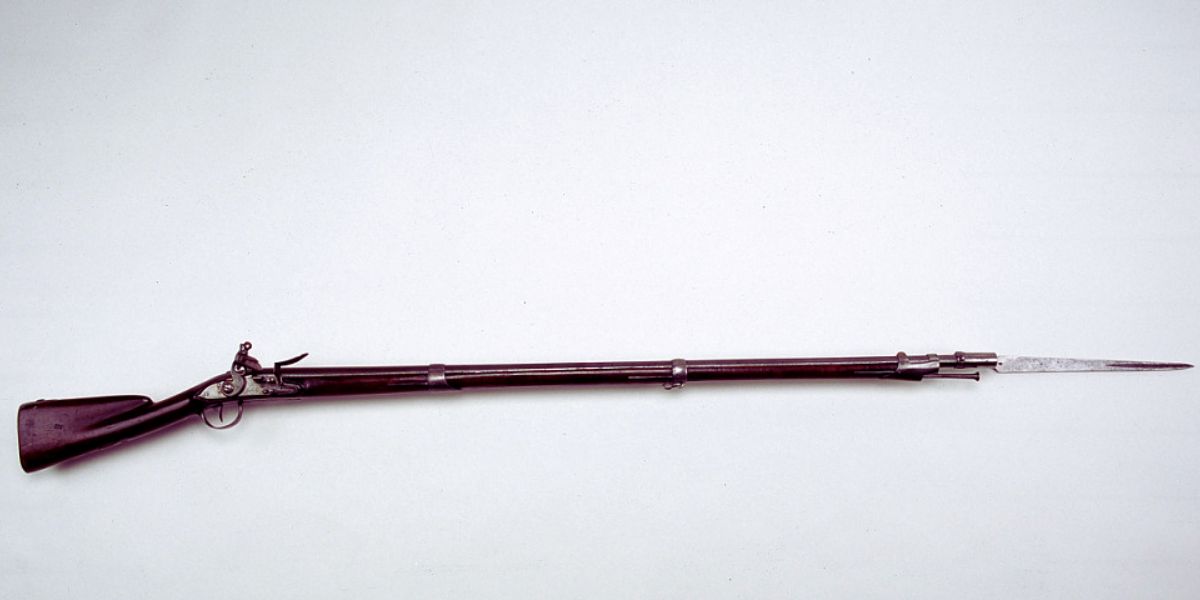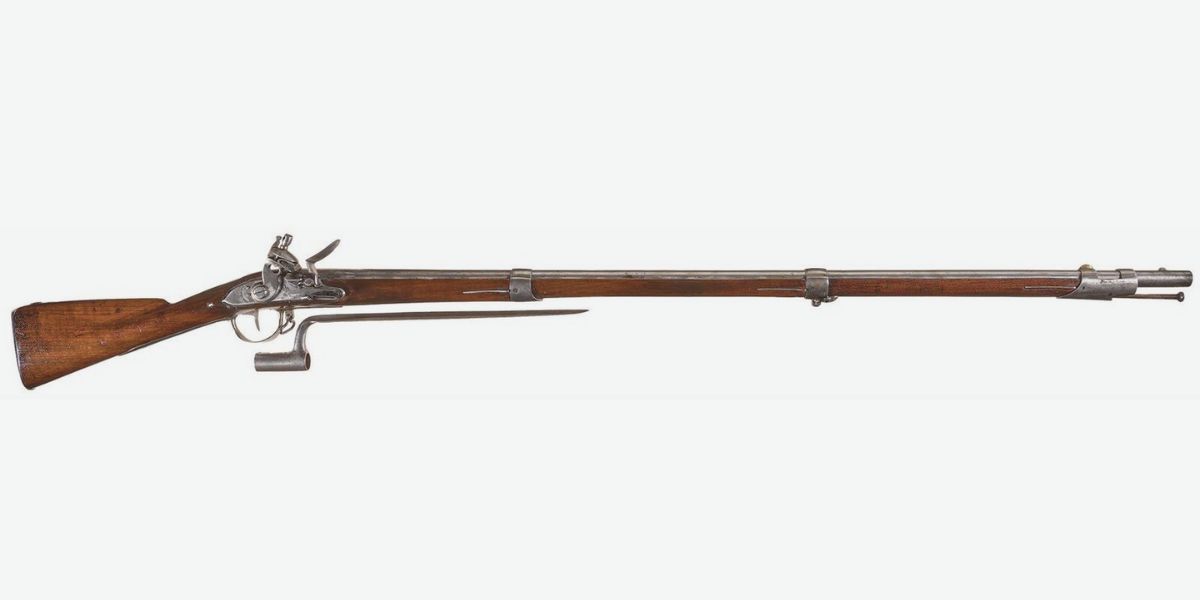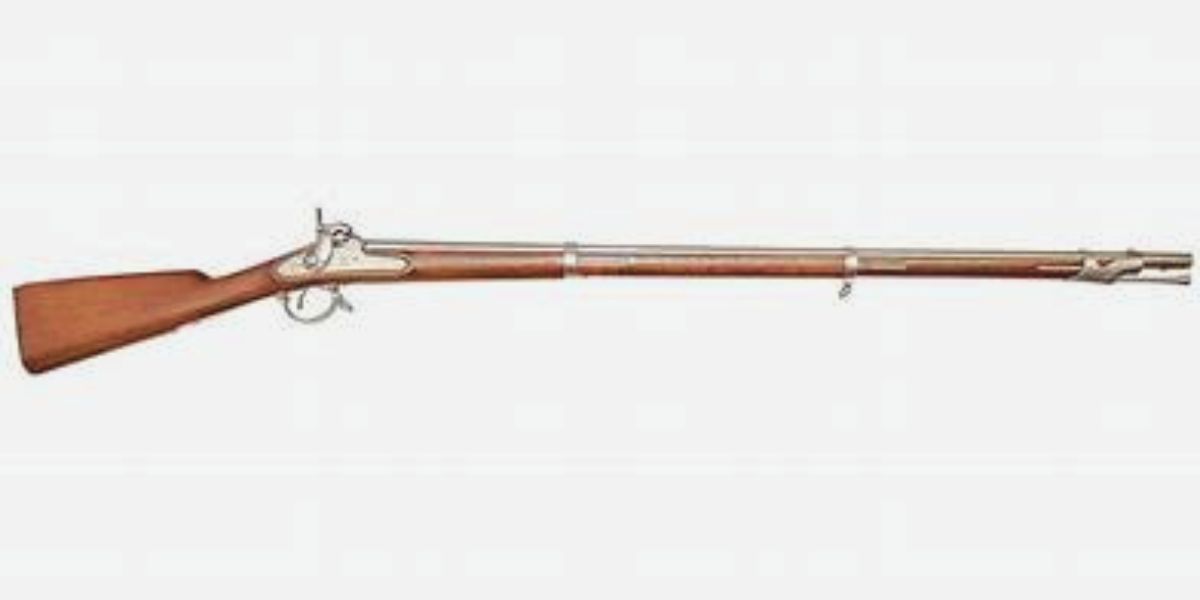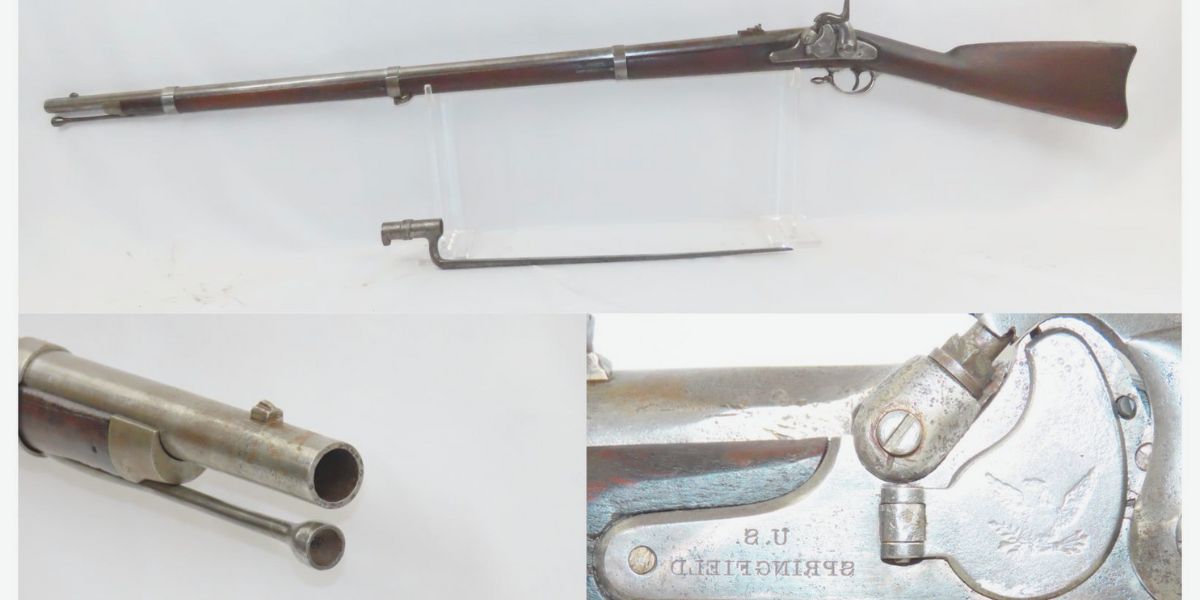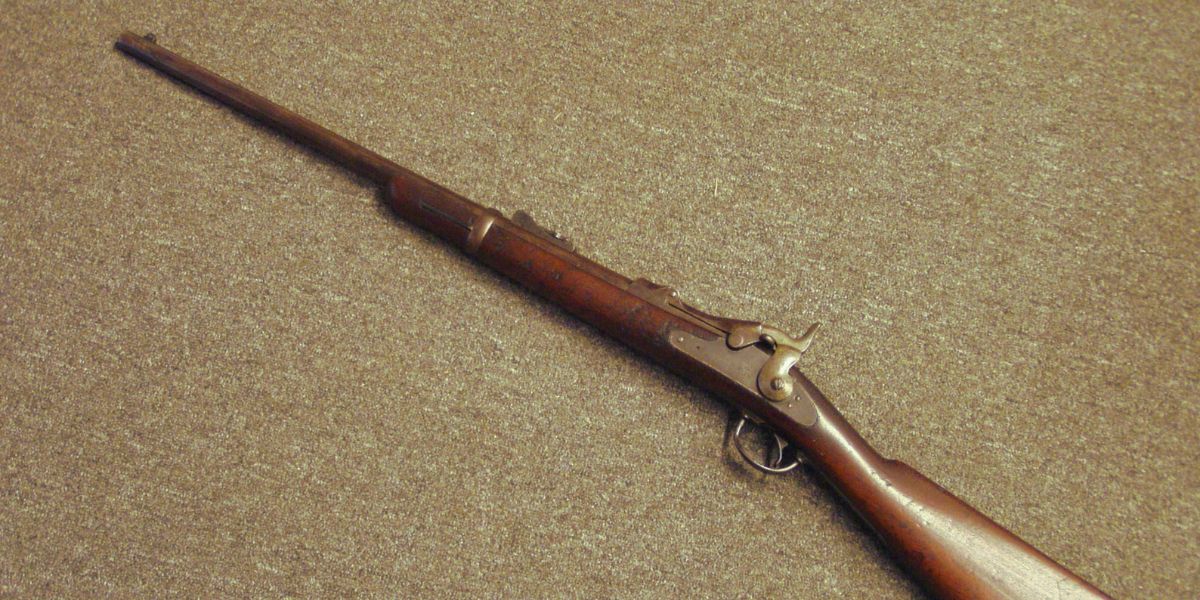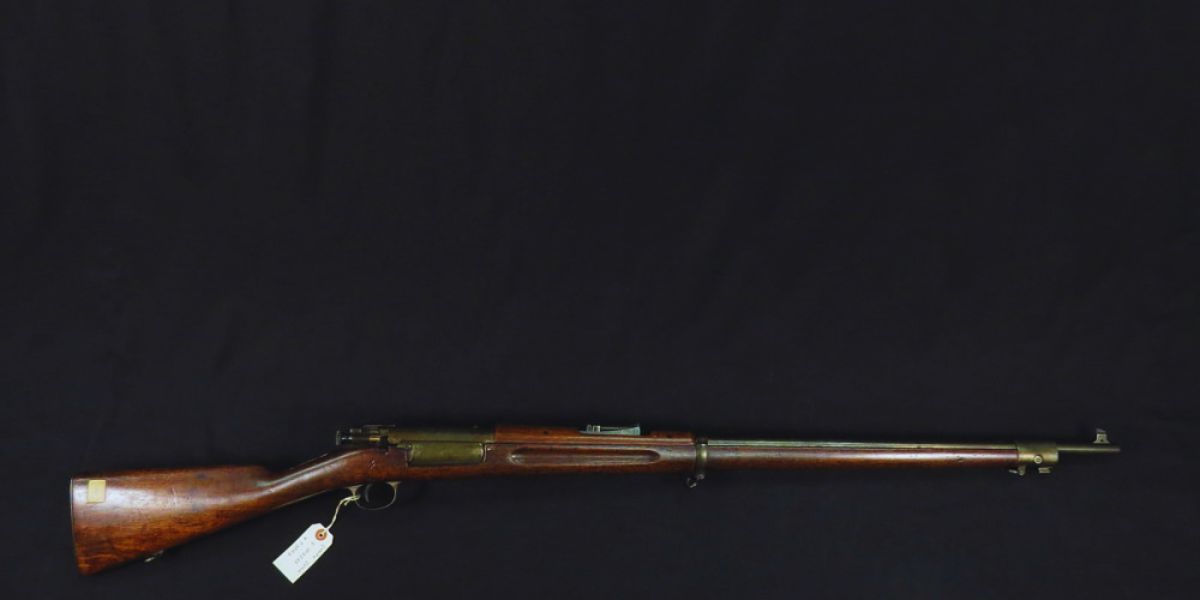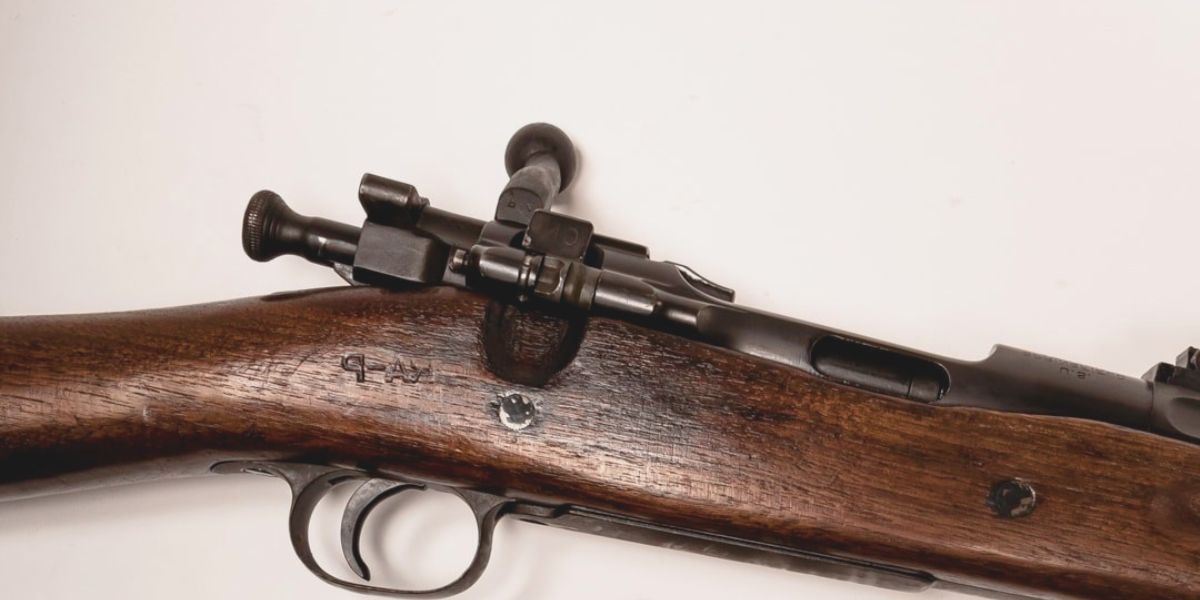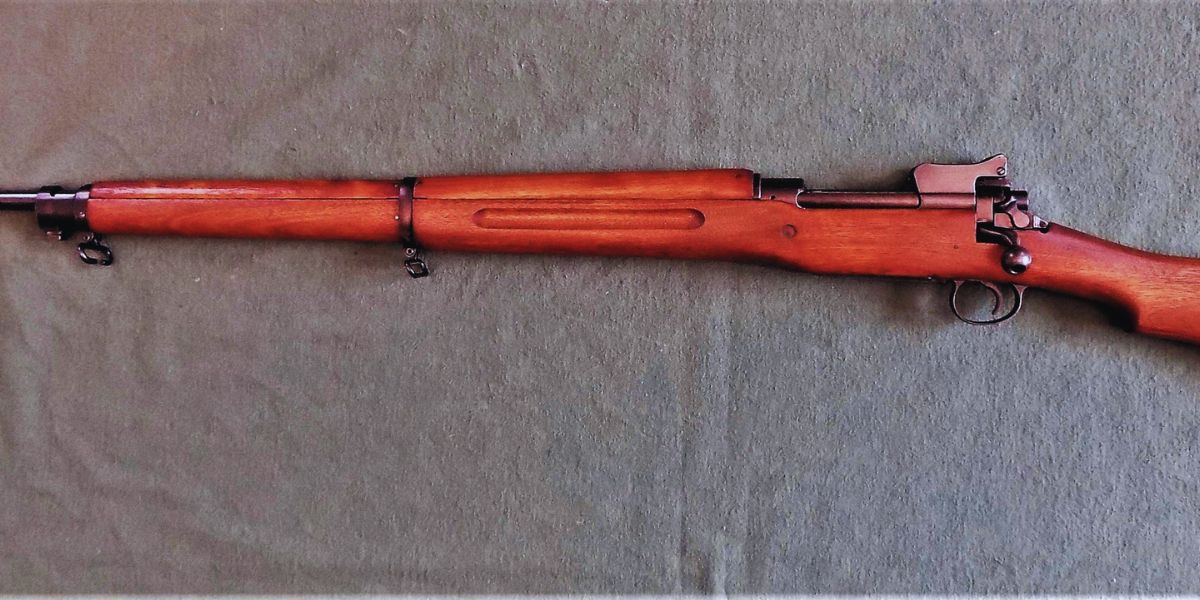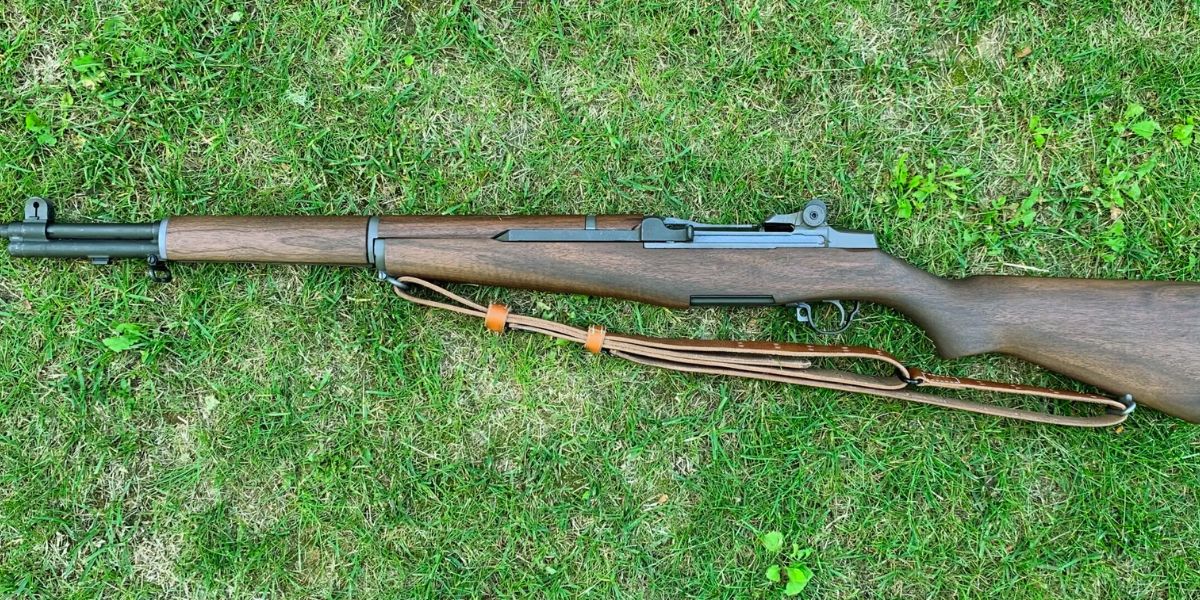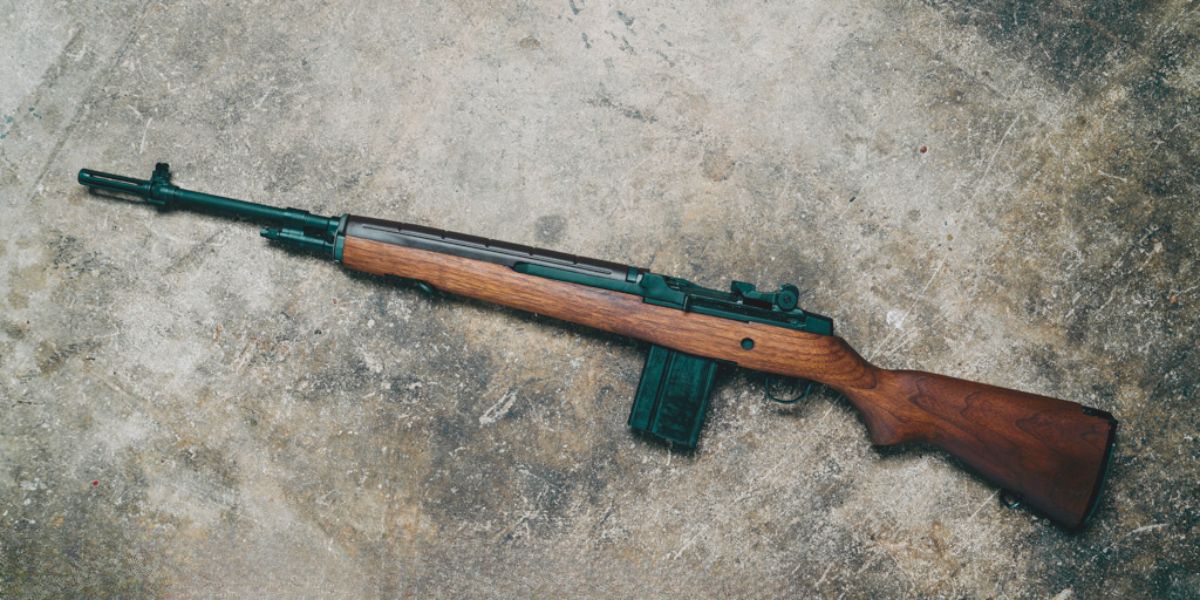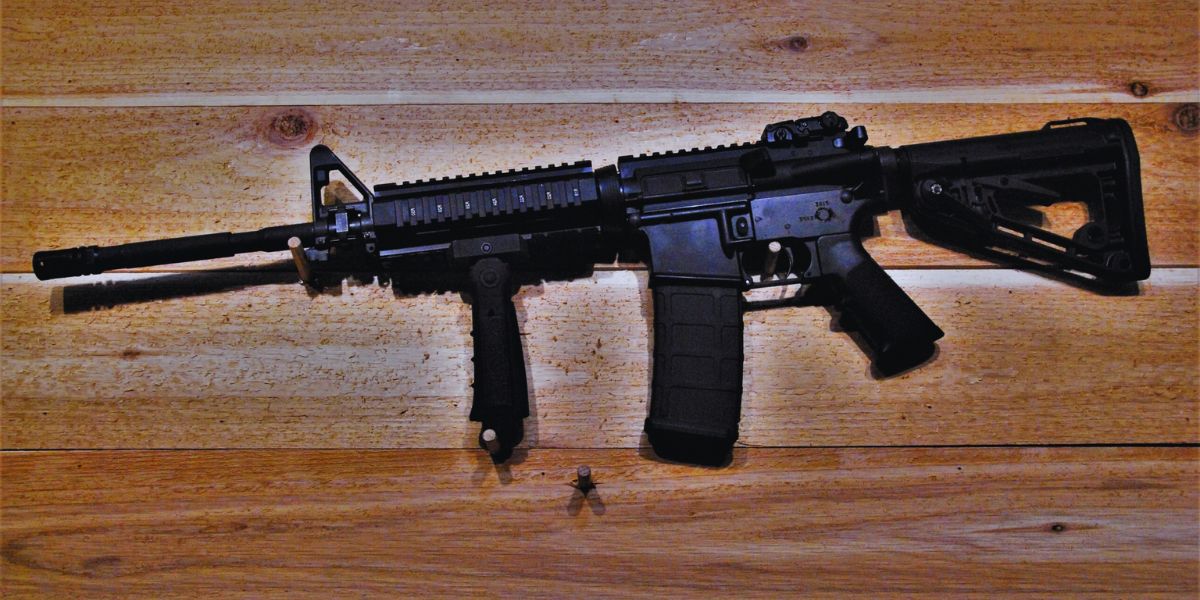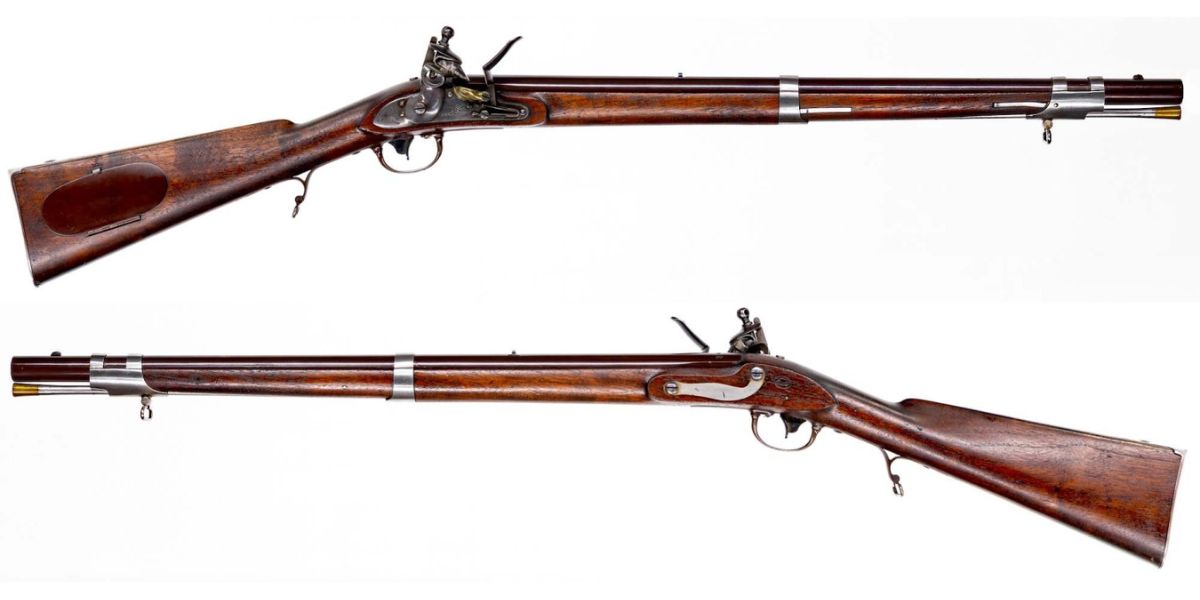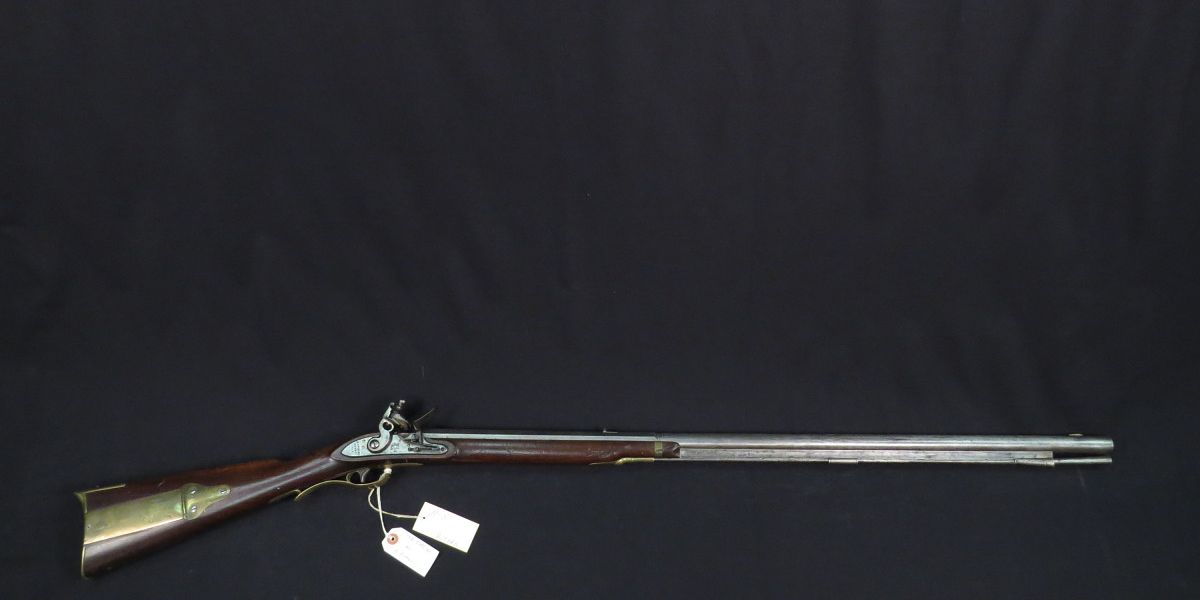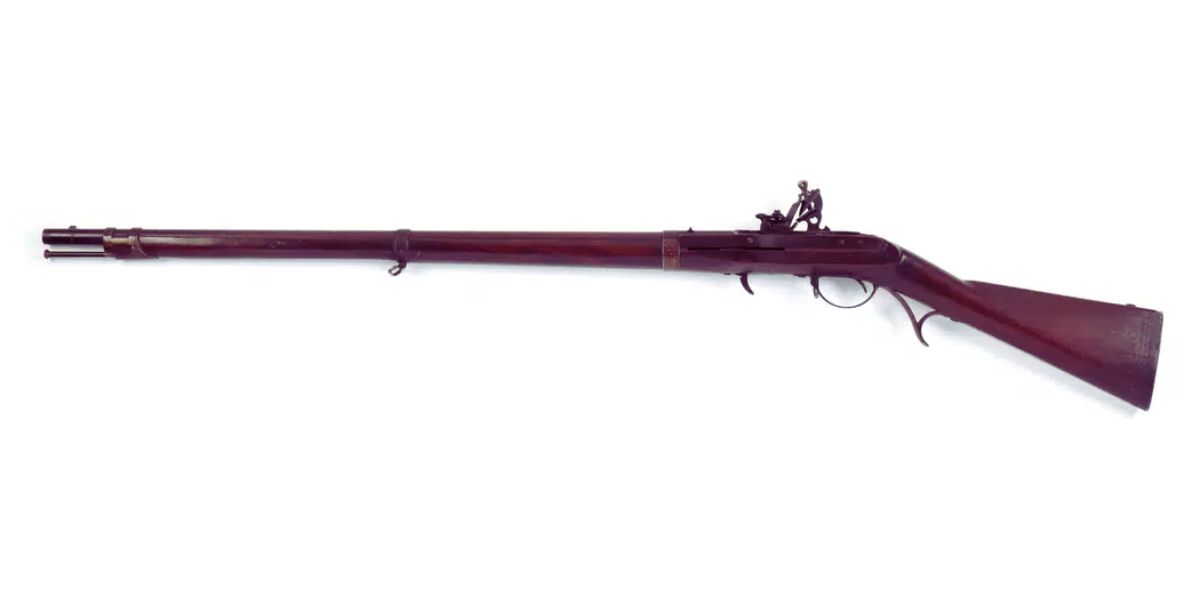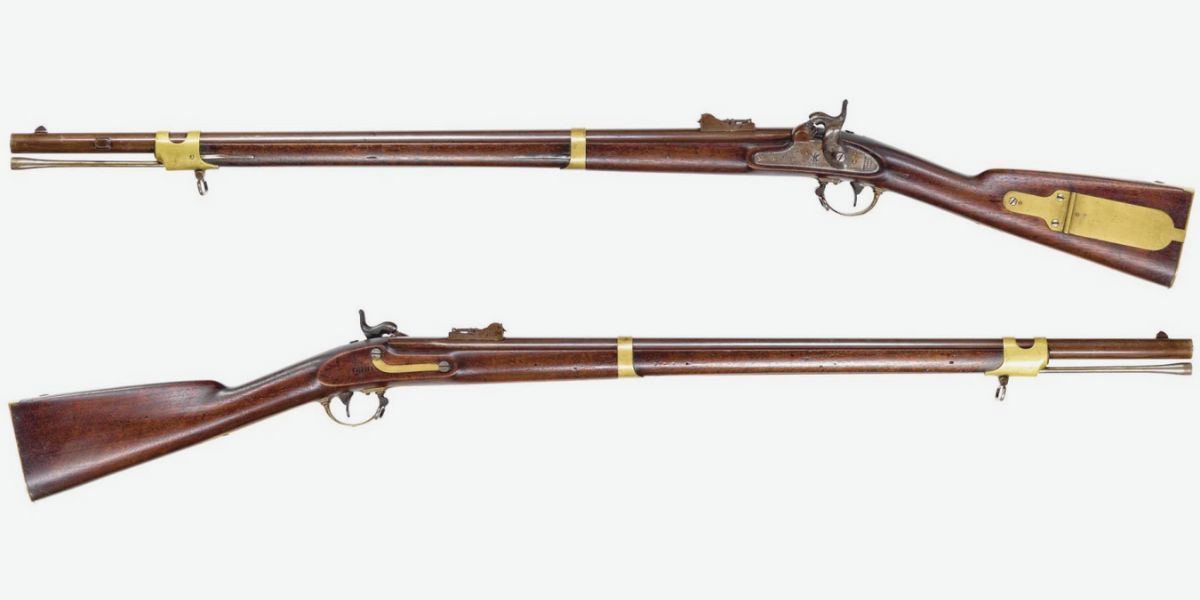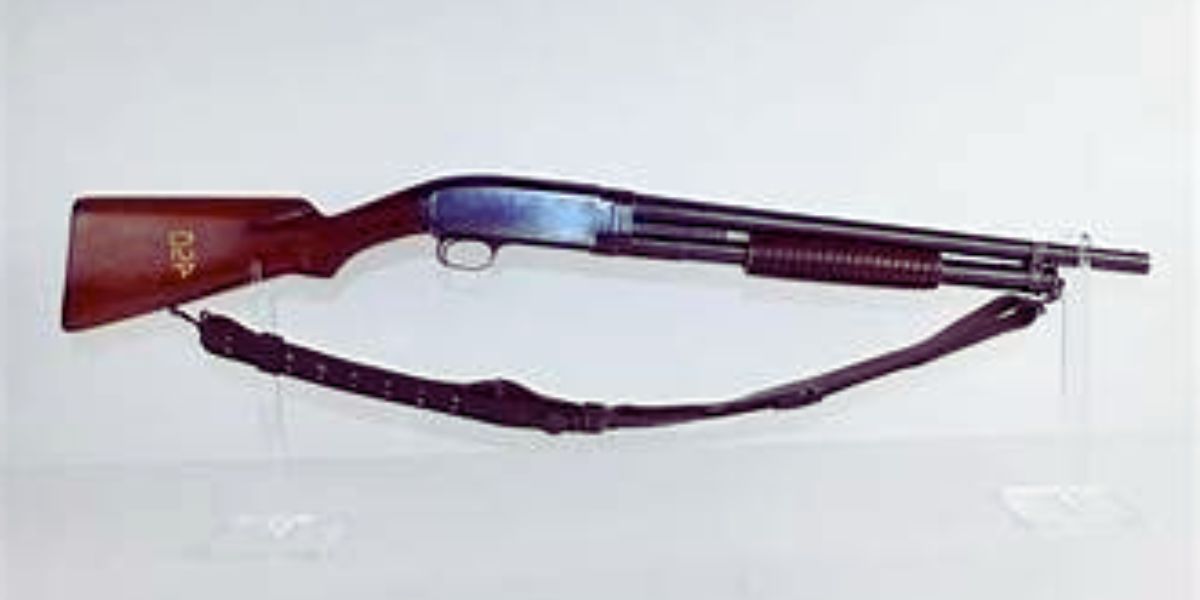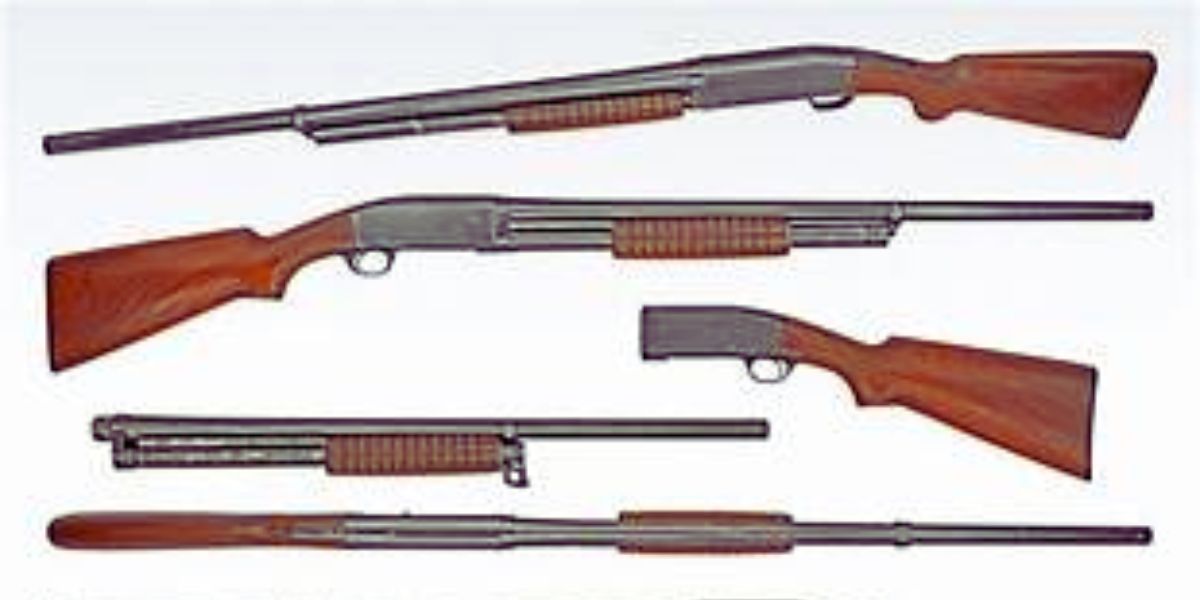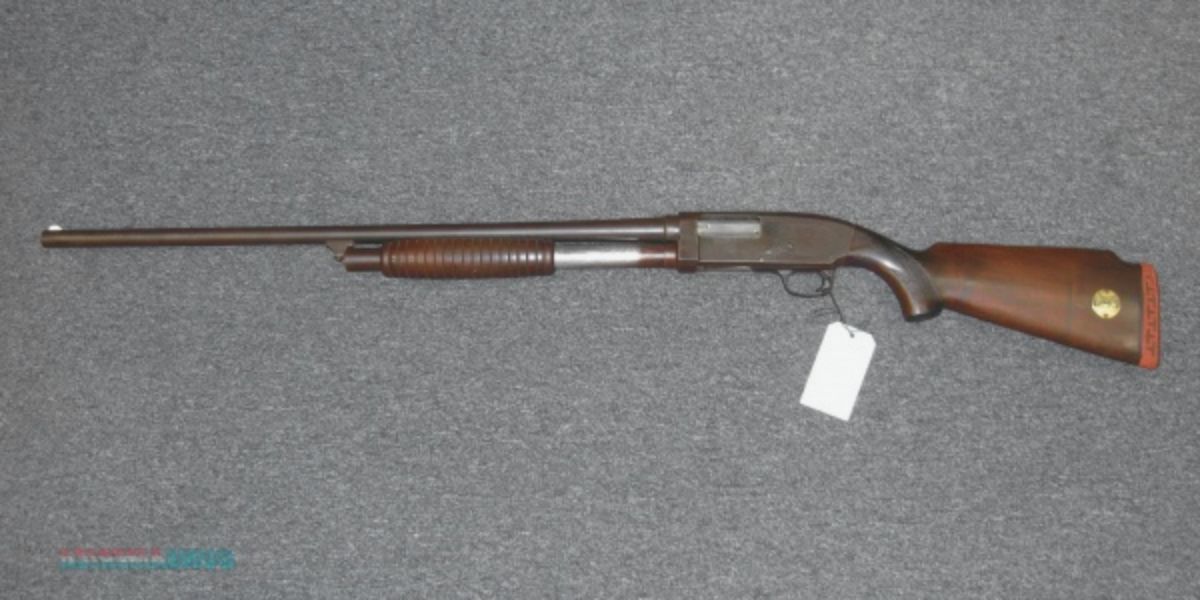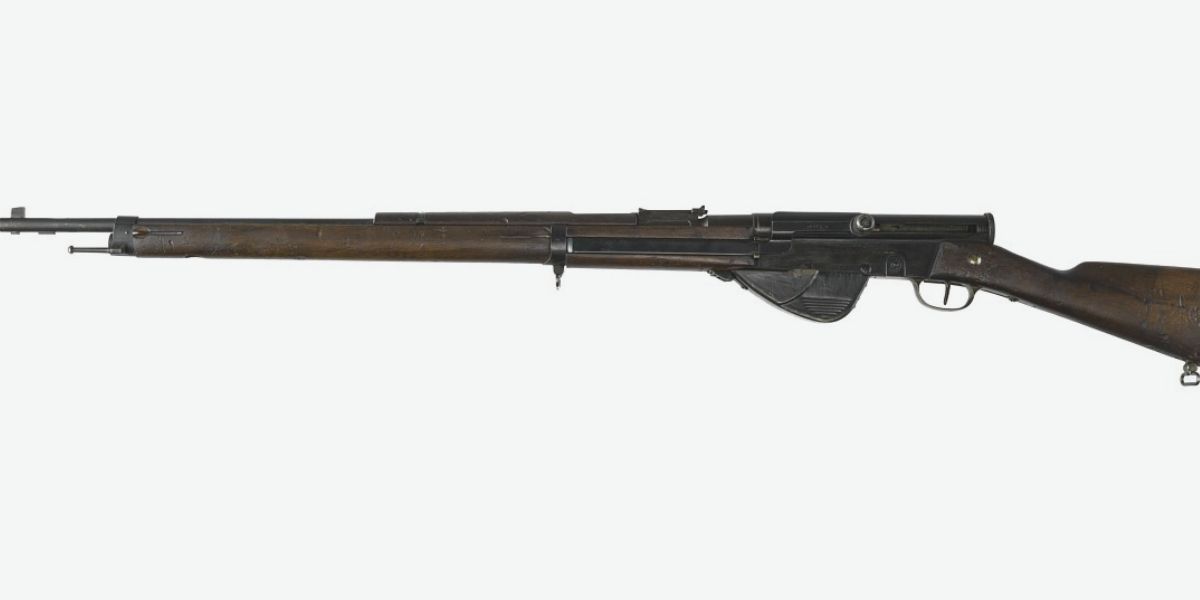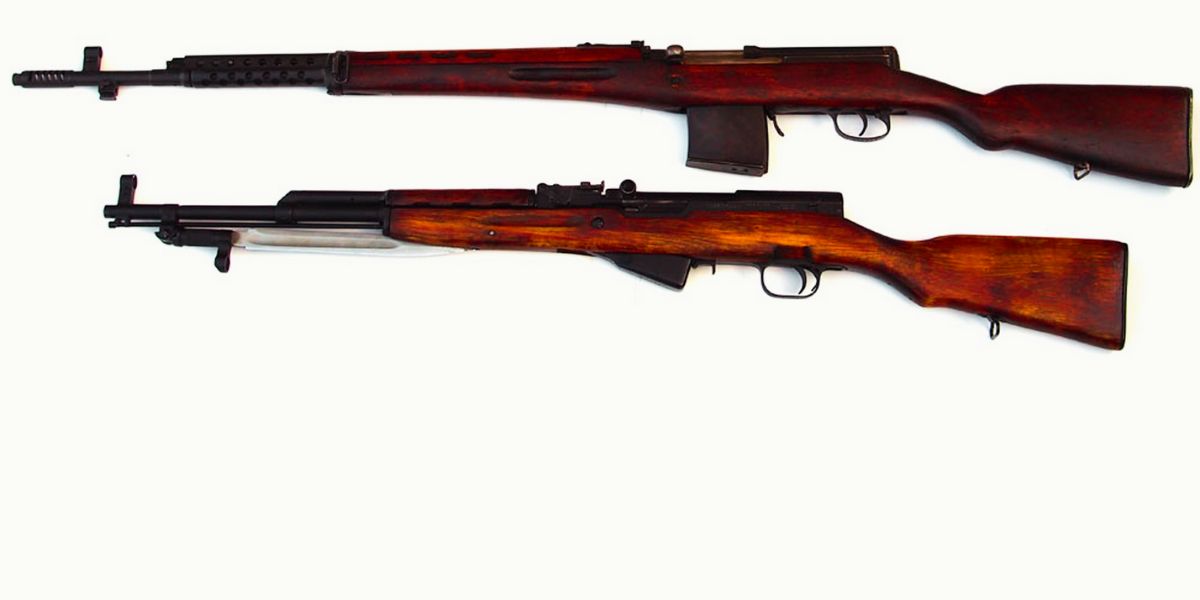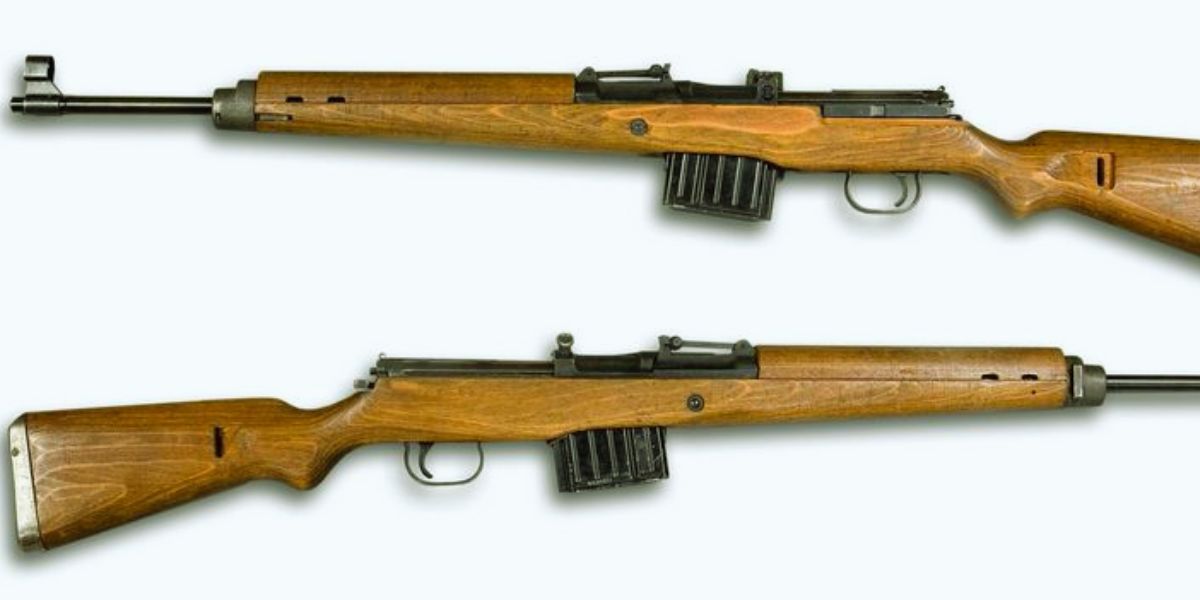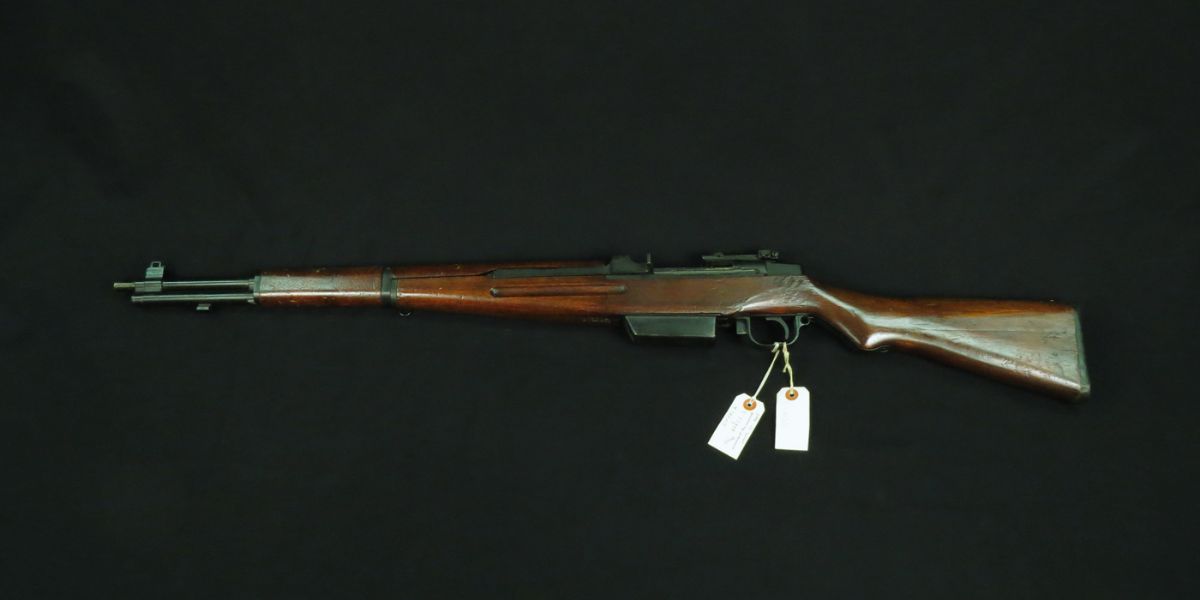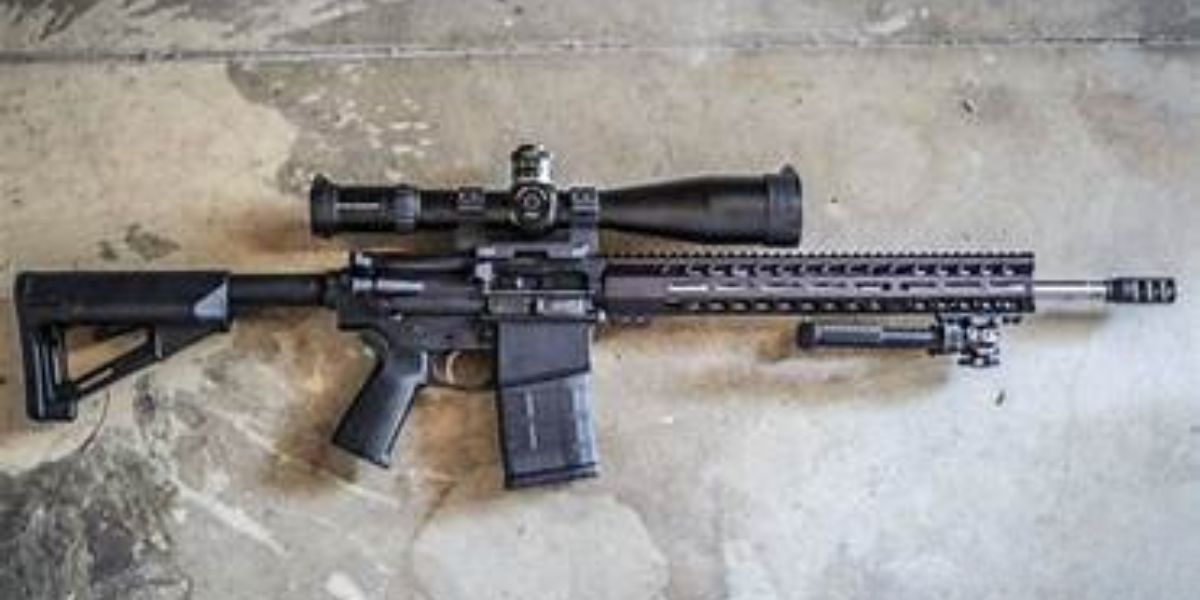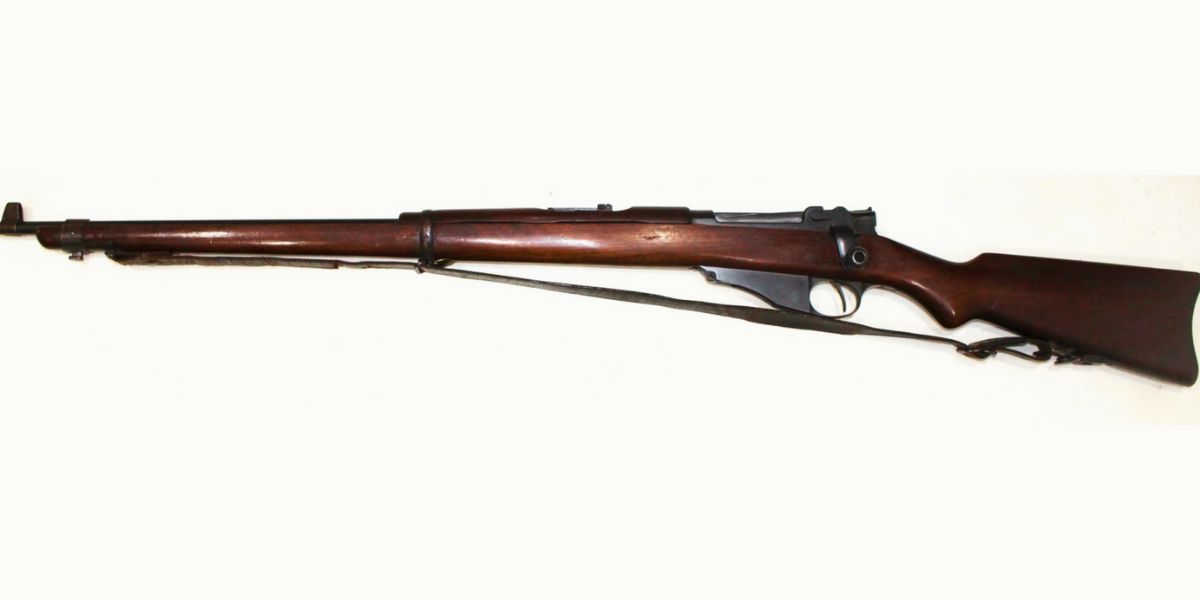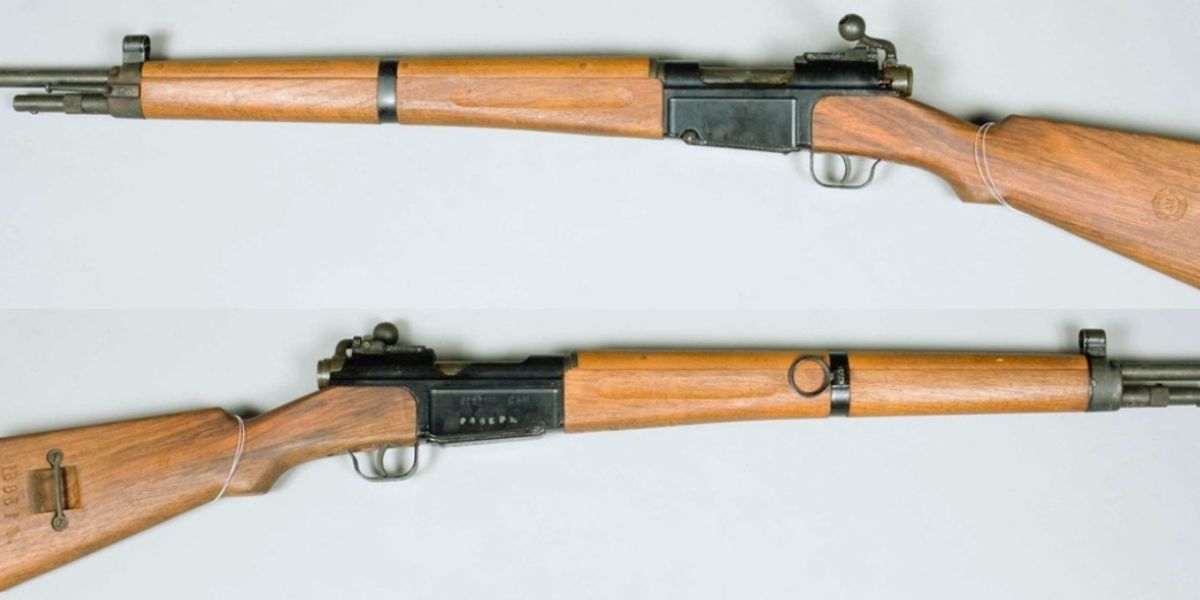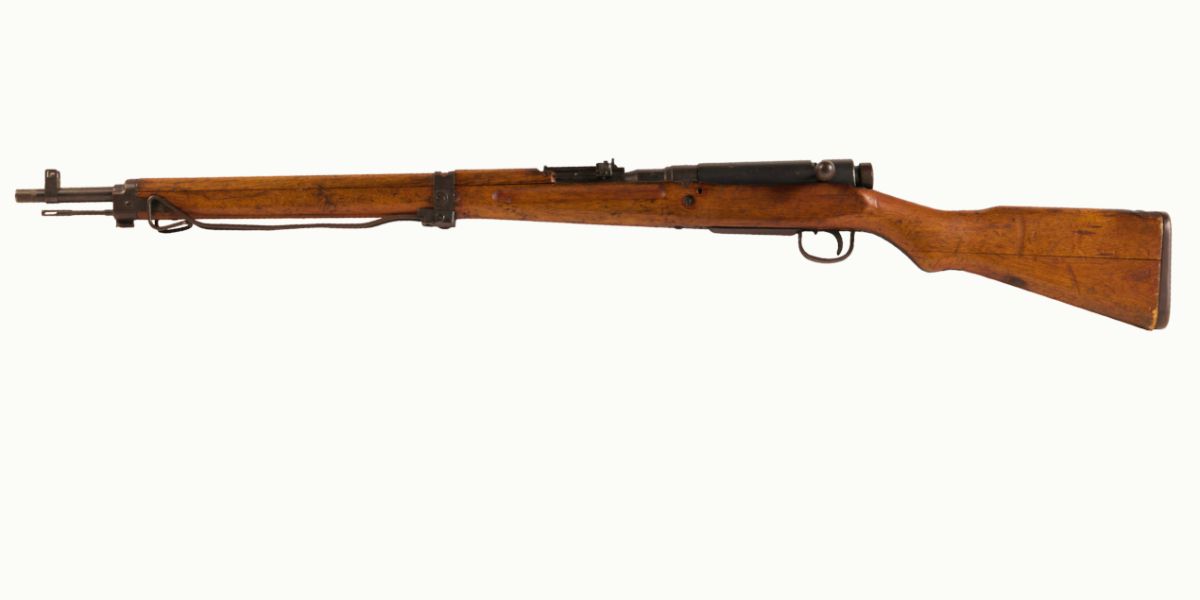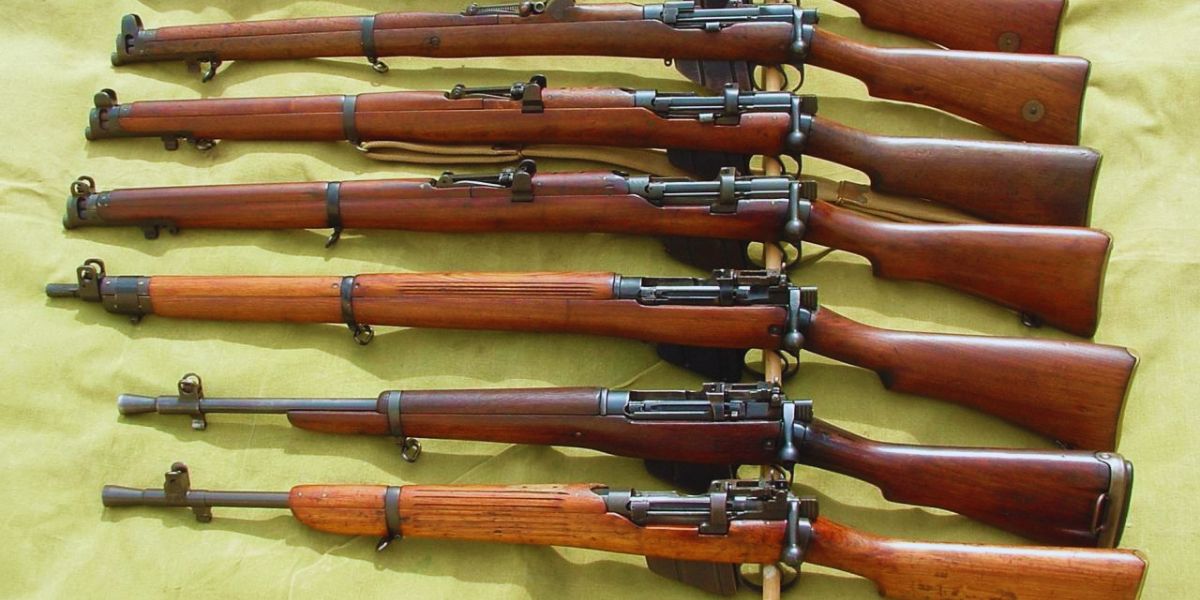It was during the Revolutionary War that the first standard U.S. military rifle was issued to soldiers. The Brown Bess, which was used during the War of 1812, was considered the best weapon available during those times. Since the 1700s, the US military has come a long way. Several other rifles were widely used by the military around the world. Take a look at some of the most popular military rifles of the last 250 years.
British Land Pattern Musket “Brown Bess”
The British Land Pattern Musket, also known as Brown Bess, manufactured by Great Britain and American gunsmiths, was most commonly used in the American Revolution and in the 1812 war by British forces but not typically by U.S. forces, which primarily used the Charleville muskets at that time.
Charleville Model 1763 & 1766 Muskets
Charleville Model 1763 & 1766 Muskets, manufactured by France, was used in the American Revolution and the War of 1812. The U.S. heavily relied on Charleville muskets during the American Revolution, as the French supplied these weapons to the Continental Army. These muskets fired slightly smaller projectiles than Brown Bess muskets, and were accurate up to about 100 yards and an experienced soldier could fire three shots per minute.
Springfield U.S. Model 1795-1841 Muskets
These firearms were manufactured by Springfield Armory and Harpers Ferry Armory. These were copies of the French Charleville muskets, and they were primarily used by U.S. forces. During the late 18th and mid-19th centuries, the United States military used several versions of these weapons. These muskets, which were designed based on the design of French Charleville muskets, also used the same .69 caliber musket ball. These were initially produced as flintlock and eventually converted to function with a percussion cap, which made them reliable, easier to load and weather resistant.
U.S. Model 1842 Musket
Manufactured by Springfield Armory, and Harpers Ferry Armory, this musket was widely used in the Mexican-American War by Union and Confederate forces in the Civil War. This was the first official musket in the U.S. designed to use a caplock system. These guns had interchangeable parts, allowing for easier repair. It was produced in large quantities, and the Model 1842 was a smoothbore musket but was also one of the first muskets to adopt interchangeable parts, which helped standardize military production.
U.S. Models 1855 and 1861 Springfield Rifle-Muskets
The 1855 Springfield musket was the first U.S. regulation firearm to use a rifled barrel. This musket fired a conical bullet, enhancing accuracy and range. The Model 1855 did not have a “flawed percussion firing system.” Instead, it had a Maynard tape primer system that often malfunctioned, leading to the Model 1861, which used standard percussion caps.
Model 1873 Springfield
Model 1873 Springfield is also known as Trapdoor Springfield. It was a significant technological development for American military rifles. Just like modern rifles, it was loaded from the back using a trapdoor system and used bullets with a built-in cartridge. With this rifle, an experienced soldier could fire up to 15 shots per minute. The “trapdoor” mechanism was a significant innovation, and this rifle remained in service until the Spanish-American War which was powerful and accurate.
Model 1892 Krag-Jorgensen
After the introduction of lever-action repeaters, the single-shot Trapdoor Springfield was becoming obsolete. In 1892, it was replaced by the US military with Model 1892 Krag-Jorgensen. This was the first standard rifle in the U.S. military to use smokeless powder and had a bolt-action design. The Krag-Jorgensen’s rate of fire was significantly faster than single-shot rifles but was outclassed by the Spanish Mauser during the Spanish-American War.
Springfield model 1903
Since Krag-Jorgens, which was used in the Spanish-American War, was not that good compared to the Mauser rifle used by Spanish troops, it was replaced by the Springfield model 1903, which had many features of the Mauser rifle. It was first made of .30-03 round but was changed to a .30-06 round, which is still popular. The improved version of these rifles were used as sniper rifles during the Second World War. This rifle was renowned for its accuracy and was used extensively in both World War I and World War II. It was one of the best bolt-action rifles of the era.
Model 1917 Enfield
Also known as the American Enfield, this model was issued to American troops in World War I. This firearm used an altered version of British design to accommodate .30-06 ammunition. These firearms had a simple design and were cheaper to make compared to the M1903, and the M1917. These were used by the American Expeditionary Force in France during the Great War. The M1917 actually saw more use in World War I by American forces than the M1903 Springfield due to production issues with the latter.
M1 Garand
This firearm, which was developed between World War I and II, was a semiautomatic rifle and was capable of firing 30 rounds per minute. It was considered the best infantry rifle deployed in World War II. It was used by U.S. troops in the Korean War and also in the Vietnam War. It is widely regarded as one of the best rifles of World War II. General Patton called it “the greatest battle implement ever devised,” according to The Armory Life.
M14 Garand
The M14 replaced the M1 Garand but was quickly replaced by the M16 due to the weight and unwieldiness of the M14. M14 had a selected fire feature, which allowed it to fire multiple rounds in a single trigger pull. Like modern military rifles, it had a detachable box magazine. These firearms were used during the Dominican Civil War and the early years of the Vietnam War by U.S. troops. Some of them are still used by military marksmen.
M16
US troops used M16 during the Vietnam War. M16 was made of aluminum and other composite materials. It was lightweight and capable of firing 700-900 rounds per minute. However, the M16 had early reliability issues in Vietnam, largely due to ammunition and lack of cleaning kits, but these problems were rectified in later versions. Even though this firearm is not a standard-issue rifle, it is still widely used in the military.
M4 Carbine
Since the early 2000s, the M4 and its subsequent variants have been the standard issue rifle for the U.S. Army. M4 is lightweight and comes with a 30-round detachable magazine. It has selective fire capabilities and can fire between 700 and 950 rounds per minute. he M4 is still widely used today by U.S. military forces as the standard infantry rifle.
Model 1814/1817- Common Rifles
Model 1814 flintlock rifles were produced for the U.S. military. After the success, it was produced in large numbers of similar models in 1817. Models 1814 and 1817 were used in limited numbers, but had more widespread use in the Seminole Wars, Mexican-American War, and Civil War.
Harpers Ferry Model 1803
This was the first official rifle made by the US government for soldiers, especially during the War of 1813. Designed and manufactured at the Harpers Ferry Arsenal, this model had a short stock and an under-rib beneath the barrel. Due to it being a rifled weapon, it made it more accurate than the muskets typically used at the time, though it was produced in relatively small quantities.
Model 1819 Hall Breechloader
Designed by Maine gunsmith John Hancock, this rifle was the first breechloading rifle adopted by the U.S. military. For higher production, they created identical parts so that they could be interchanged easily. The Hall rifle was revolutionary because it was one of the first breechloaders used by any military. However, it had reliability issues.
Model 1841- Mississippi Rifle
This model was the first percussion rifle officially used by the U.S. military. These rifles earned their name after being used by Mississippi volunteers led by Jefferson Davis during the Mexican-American War. Made at Harpers Ferry Armory, these rifles were considered one of the best military rifles of their era. These were first distributed to light infantry and the Mississippi Regiment of Mounted Rifles, where firearms played an important role in US victories at the battles of Buena Vista and Monterrey during the Mexican-American War.
Winchester Model 1912
Also known as M12 or Model 12, this firearm is named the Perfect Repeater. These were pump-action shotguns with an internal hammer and an external tube-shaped magazine. Several versions of M12 were used in World War I, II, the Korean War, and the early part of the Vietnam War by the US Army. These shotguns were particularly feared by German troops.
Winchester Model 1897
Also known as M97, Riot Gun, or Trench Gun, this firearm was the second most preferred shotgun of US Marines. It was issued to the US Army during the World War. I After WWI, this model was replaced by a newer model in 1912 and several of them were sold to U.S. law enforcement and became the standard shotgun of US police. Some of them were used in World War II.
Remington Model 10
The Remington Model 10 was designed by John Pedersen for Remington Arms in 1908. These pump-action shotguns were used by the US Army and Marine Corps during World War I as trench guns but saw limited use afterward. Some models were used during the Vietnam War. The newer shotgun models were used in World War II.
Stevens Model 520 and Model 620
These pump-action shotguns were used by the US military during World War II, Korean War and Vietnam War as combat shotguns. These weapons were known for their reliability and the modified models were used in military roles such as trench warfare and riot control.
Fusil Automatique Modèle 1917
Also known as RSC M1917, the Fusil Automatique Modèle 1917 was a gas-operated, semi-automatic rifle used by the French Army during the latter part of World War I. It was designed to provide soldiers with more advanced semi-automatic options than Lebel rifles. The French semi-automatic rifles, though innovative, were not produced in large numbers and were prone to mechanical issues.
SVT-40
SVT is a Soviet semi-automatic battle rifle that was used during and after World War II. It was meant to be the new standard rifle for the Soviet Red Army, but its production was interrupted by the German invasion in 1941, leading to a return of the older Mosin-Nagant rifle for the rest of World War II.
FG 42
This is a Mauser automatic rifle produced in Nazi Germany during World War II. This rifle was specifically built for the use of the Fallschirmjäger (paratroppers). It was used during 1943’s Battle of Rhodes. This was an advanced weapon for paratroopers, though it was produced in limited quantities.
Gewehr 41 and 43
The G43 was a significant improvement over the G41, which had major design flaws. Gewehr 41 and 43 were used by Nazi Germany during World War II. The Gewehr 41 was later replaced by the Gewehr 43, which was derived from the G41(W) but included improvements like a better gas system and others.
Type 4 Rifle
The Type 4 rifle, created by the Empire of Japan during the Pacific War, was intended to compete with the American M1 Garand. This firearm, also known as the Type 5, was a Japanese experimental semi-automatic rifle. The initial designs didn’t work well with Garand’s design, so it was modified to resemble the German Gewehr 41 in terms of its loading mechanism. This rifle saw very limited production and was Japan’s attempt to create a semi-automatic rifle, but it was not very successful.
Heckler & Koch G3
Developed in the 1950s, this is a select-fire battle rifle manufactured by the German company Heckler & Koch, in partnership with the Spanish state-owned firearms manufacturer CETME. These firearms were designed as reliable for military use and became the standard issue rifle for the West German Army and many other NATO forces. They were adopted by several armed forces and police units around the world. The G3 is one of the most successful post-WWII rifles and is still used in some parts of the world.
AR-10
Designed by Eugene Stoner in 1955, this battle rifle was developed for the United States Army, aiming to replace the M1 Garand rifle. Its modular design makes it easy for customization and can be used in different ways. While it was initially developed for military use, it gained popularity among civilians for hunting and sport shooting. The AR-10 laid the groundwork for the later AR-15 and M16 rifles.
M1895 Lee Navy
This bolt-action rifle was used by the U.S. Navy and Marine Corps in 1895 but it was soon outclassed by newer models. It was used during the Spanish-American War. Designed by Winchester, this rifle was intended to use new smokeless powder cartridges.
French MAS-36
The French MAS-36 was a bolt-action rifle, that was first used by France in 1936 to replace the Berthier and Lebel rifles. The MAS-36 saw extensive use in France’s colonial wars and was highly reliable. It was used in World War II and saw widespread use during the First Indochina War, the Algerian War, and the Suez Crisis. This rifle is known for being short, light, handy, accurate, and simple.
Arisaka Type 99
The Imperial Japanese Army used this bolt-action rifle during World War II. After the war, it was tested by the US Ordinance for its performance and design. This rifle is known for being one of the strongest military bolt-action rifles ever made, praised for its robust construction and durability.
Lee-Enfield Rifles
During the first half of the 20th century, these rifles were used by the British military forces. From 1895 until 1957, this was a standard-issue rifle for the British Armed Forces. Lee Enfield 4, is an improvement of earlier models. It is lighter, has stronger action, and is one of the smoothest rifles. Lee Enfield is quick to cycle, and soldiers could operate it effectively using thumb and forefinger to handle the bolt.
Karabiner 98k
Often referred to as K98k, this is a carbine version of the Mauser 98. This bolt-action rifle was adopted in 1935 as the standard service rifle by the German Wehrmacht, and was praised for its accuracy and durability. It represented one of the last improvements in the series of Mauser military rifles. K98k was the main rifle used by German soldiers until the end of WWII in 1945.


